Pressing from flower is one of the simplest ways to make rosin, but despite that simplicity it can still be tricky to get a good yield out of your presses. In fact, one of the most frequently asked questions surrounding flower rosin is, “How can I improve my yield?” Novice rosin makers can usually produce a solventless concentrate that is 10 to 15 percent of the weight of their starting material easily, but improving beyond that requires some extra effort and knowledge. The purpose of this article is to explore each of the factors that can negatively affect your yield, so that you will be able to improve your rosin output.
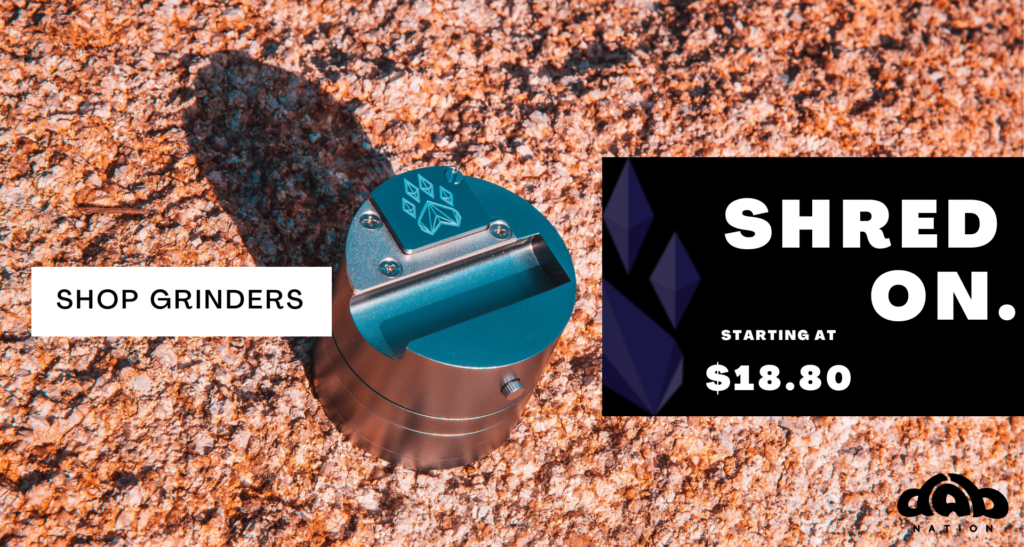
That said however, there is a limit to how much rosin you can expect to squeeze out of any given flower. Even with perfect technique and stellar bud, top flower pressers won’t usually achieve much more than 25 percent returns. While it’s certainly possible to obtain yields higher than this, questions do arise about how many waxes, lipids, or other unwanted plant materials are making it into your final product. So with that in mind, a 25 percent yield should be your ultimate goal, and hopefully with the following help, you’ll get there.
Starting Material
One of, if not the most important factor governing yield is the freshness of your starting material. Old bud simply produces less oil than fresh flower, end of story. If you’re looking to improve your yields, then it’s worth going the extra mile to source the freshest bud you can get your hands on. It will pay dividends.
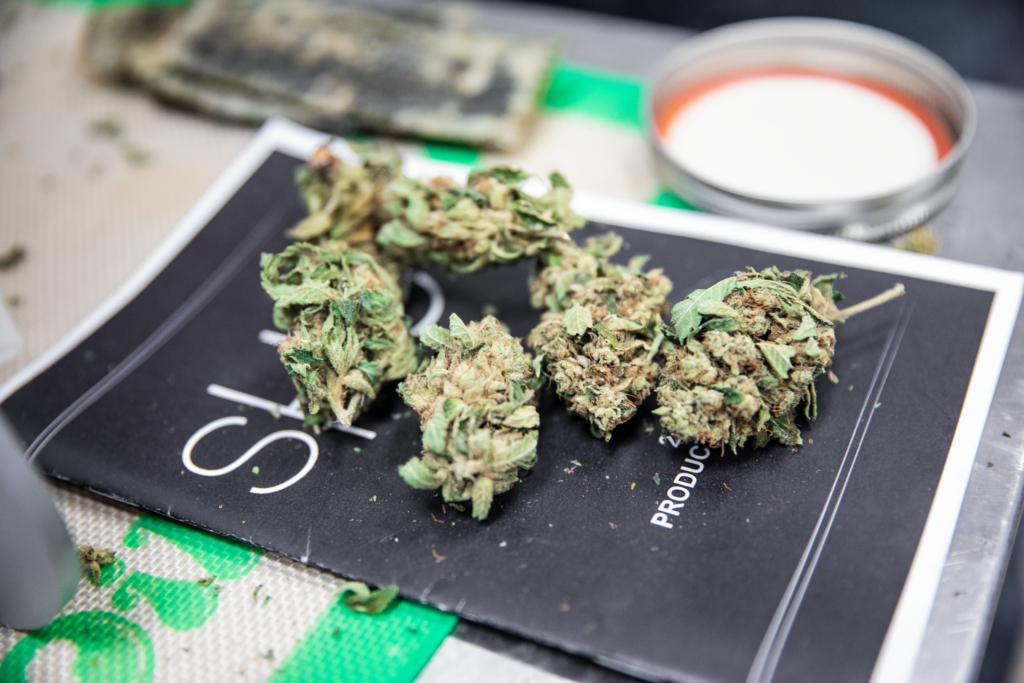
Secondly, the quality of your bud will make a big difference. Flower that has been cultivated to its full potential will perform better than poorly grown bud. Additionally, the strain of flower you press will also make a difference. Some strains work better than others because they contain more oil producing trichomes to begin with. Check out our Top Five Flower Strains to Press Into Rosin <link> article, to find varieties that are proven performers when it comes to rosin making.
So, make sure you’re using the freshest, highest quality bud that’s available, and you should see an immediate improvement to your yield.
Relative Humidity
Another critical factor affecting yield is the relative humidity of your flower. If your bud is too dry, the plant material will act like a sponge, sucking oil back into itself. This will obviously reduce your yield, so in order to remedy this problem it’s recommended to ensure your bud has a relative humidity of 55 to 62 percent before you press it.
You can test for humidity with a hygrometer, and you also have the option of using pre-set humidity packs like these Boveda humidity control packs, which will ensure perfect moisture content for your flower.
Don’t overlook this aspect of flower rosin making. Relative humidity has a significant effect on yield, and investing in a hygrometer or humidity packs is well worth the money.
Micron Filter Size
If you’re using filter bags for pressing flower – and we strongly recommend that you do – then the micron rating of the bag you use will also affect your returns. Generally speaking, the larger the size of the filter, the more material it will allow to pass through it, which will increase your yield. However, this comes at the expense of quality as lower grade particles will make it into your end product. Ultimately, choosing a micron filter size is a tradeoff between quality and yield.
The micron rating range for flower rosin runs from around 90 to 50 microns, with around 115 seen as a good sweet spot. However, trying slightly larger filters is well worth experimenting with because you’ll likely squeeze out a bit more rosin without any noticeable reduction in quality.
Pressure
Increasing plate pressure does ultimately squeeze more rosin out of your flower, but only up to a certain point, and that’s because too much pressure can force unwanted plant materials into your rosin. If you’re careful however, you can use pressure to your advantage.
Once your rosin press is up to optimal pressure, oil will begin to seep out quite quickly at first. After a short time, this flow of oil will begin to slow, and at this point you can begin to incrementally increase the pressure 5 to 10 psi at a time. This will push out a little extra rosin with each bump in pressure. You can do this a good few times to squeeze out the absolute maximum, but be careful not to overdo it because this will likely lead to contamination, or at worst a “blow out”.
Time and Temperature
Correct time and temperature settings have a huge impact on both quality and yield. Sadly though, there aren’t any arbitrary figures that we can give you to instantly improve your output. As experienced rosin makers are well aware, different strains, or even the same strain grown by different cultivators can react differently to the same settings. Each type of cannabis you press with will require its own unique time and temperature settings in order to extract the most from it. To get started, check out our guide to correctly setting time and temp. However, the process will likely be one of trial and error.
If you’re looking to improve your flower rosin yields: source the freshest, highest quality bud there is, ensure its relative humidity is between 55 and 62 percent, and experiment with larger filter bags and gradual increases in plate pressure. Hopefully with these tips, you’ll be able to maximize your rosin output.
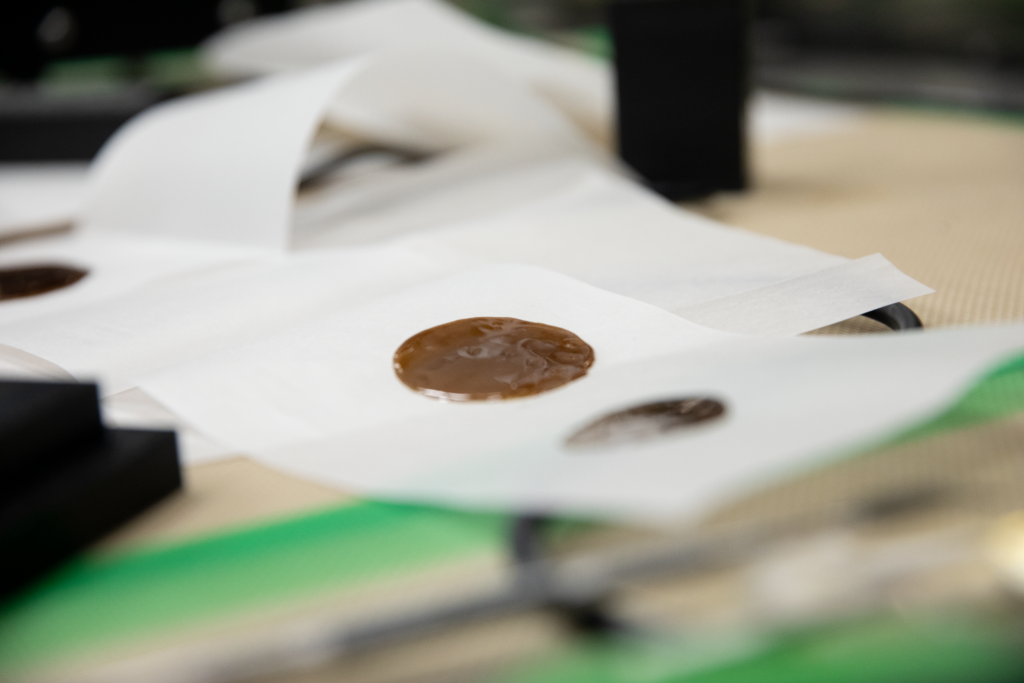

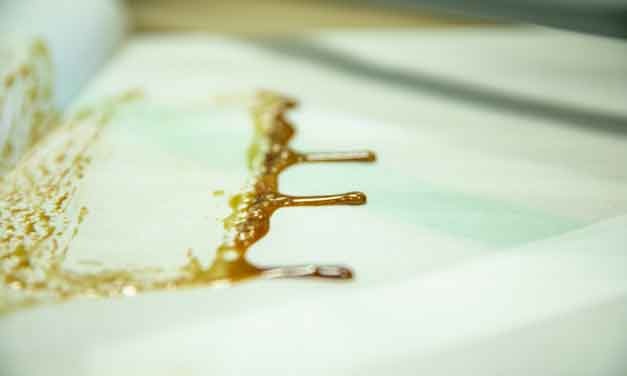
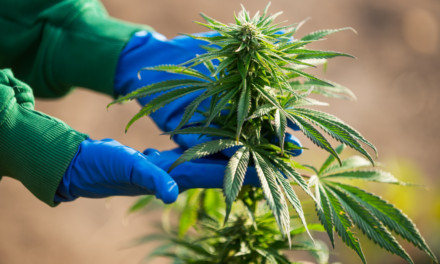


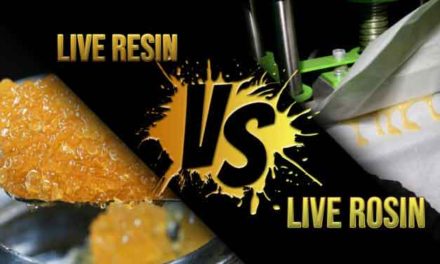
Trackbacks/Pingbacks